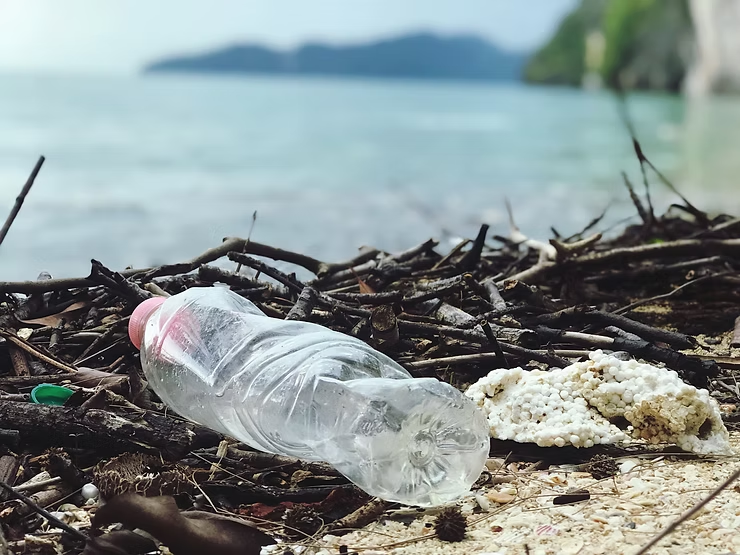Supporting the Reduction of Single-Use Plastics in Coastal Communities
Reducing single-use plastics in coastal communities is crucial for combating plastic pollution, protecting marine life, and maintaining healthy and sustainable coastal environments.
Importance and Benefits of Reducing Single-Use Plastics
Plastic Pollution and Coastal Communities
Single-use plastics such as bottles, bags, and straws contribute significantly to plastic pollution in coastal areas. This pollution harms marine life, damages ecosystems, and negatively impacts the livelihoods of coastal communities dependent on healthy oceans.
Environmental Conservation
By supporting initiatives to reduce single-use plastics, coastal communities can conserve their local environment. Reducing plastic waste helps protect coastlines, beaches, and marine ecosystems from the harmful effects of pollution.
Marine Life Protection
Reducing single-use plastics safeguards marine species from ingestion, entanglement, and other harms caused by plastic debris. Iconic species like sea turtles, seabirds, and marine mammals particularly benefit from these efforts.
Preservation of Coastal Beauty
Tourism and recreation thrive in clean and visually appealing coastal areas. Reducing plastic waste helps preserve natural beauty, attract visitors, and support local economies.
Health and Safety
Single-use plastics can leach harmful chemicals into the environment and food chain. Reducing plastic pollution safeguards the health of residents and visitors, promoting safer coastal environments.
Education and Awareness
Community education and awareness campaigns are vital. Coastal communities can empower individuals to make sustainable choices and encourage behavior change regarding plastic use.
Sustainable Alternatives
Supporting initiatives for plastic reduction creates demand for eco-friendly alternatives, such as biodegradable or compostable materials, fostering innovation and a circular economy.
Local Engagement and Empowerment
Community-driven initiatives provide opportunities for engagement, fostering a sense of ownership, pride, and collective action towards a plastic-free future.
Collaboration and Partnerships
Working with businesses, local governments, and NGOs enhances the effectiveness of plastic reduction strategies, ensuring shared resources, funding, and a united approach against plastic pollution.
Policy and Regulation
Community support for plastic reduction can drive local and regional policy changes, creating a regulatory environment that encourages sustainable practices.
Economic Benefits
Reducing single-use plastics stimulates local businesses that provide eco-friendly alternatives, recycling services, and waste management, creating green jobs and supporting a sustainable economy.
Long-Term Sustainability
Efforts to reduce single-use plastics contribute to the long-term sustainability of coastal ecosystems, ensuring the well-being of future generations and resilience against environmental challenges.
Conclusion
Supporting initiatives to reduce single-use plastics in coastal communities is vital for environmental conservation, marine life protection, and the overall health of these communities. By embracing sustainable alternatives, raising awareness, fostering collaboration, and encouraging responsible behavior, coastal areas can lead the way in combating plastic pollution and preserving their valuable environments for generations to come.

